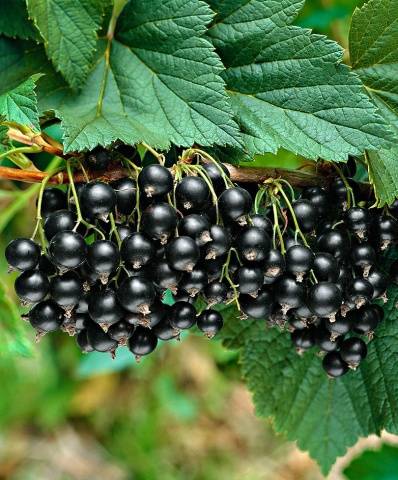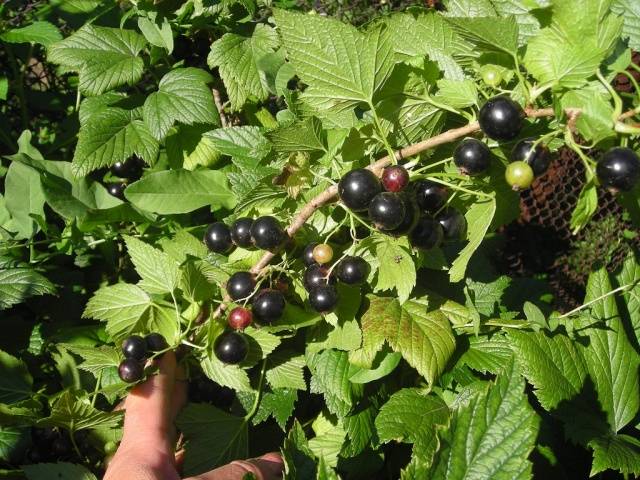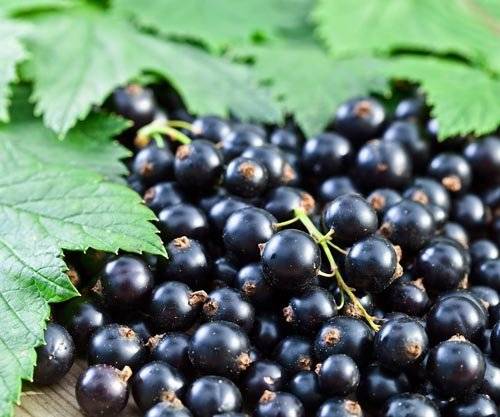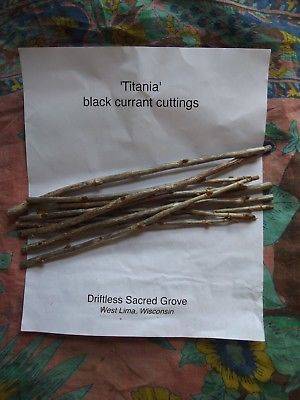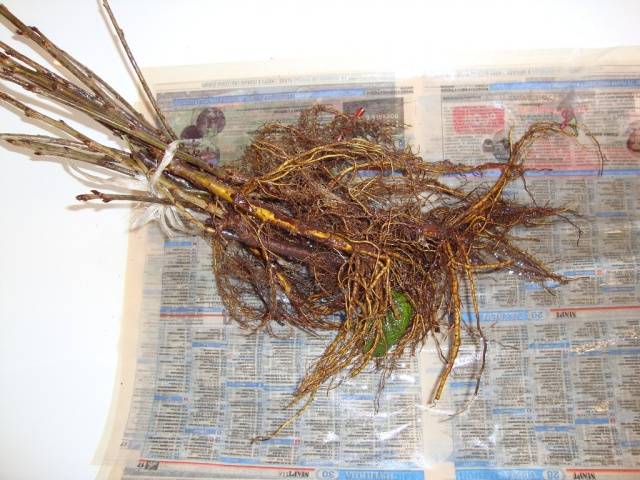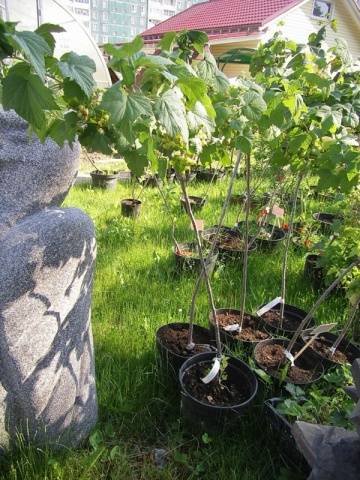Content
Long brushes with a rain of shiny, fragrant berries, black pearls, against the background of thick, bright, green foliage ... The dream of every gardener was embodied in the Titania currant variety. Yielding, frost-resistant, with high resistance to diseases, this black currant of the dessert direction has been pleasing the inhabitants of cold regions with its vitamin fruits for almost half a century. The variety was bred in Sweden in 1970 on the basis of Altai dessert and local Kajaanin Musta-Tamas currant. In our country, the black currant Titania began to spread since the 90s.
Description
The bushes of the variety are vigorous, reaching 1.4-1.5 m in height, densely leafy, powerful shoots stretching upward. The crown is round, one and a half meters in diameter. Large leaves are bright green, with a slightly wrinkled surface. Fruit clusters of currants are long, the stalks are compact, they bear up to 20-23 berries.
The rounded shape of Titania currant berries are uneven: the top of the brush is larger, the bottom is smaller, weighing from 1.5 to 2.5 g, there are 3-4 g each. The skin is glossy, black, dense, but easily eaten. The juicy pulp is greenish, characterized by a dense texture, without wateriness. The taste is pleasant, sweet and sour, with pronounced wine notes and a specific currant aroma. The black currant berries Titania contain 6.6% sugar and 170 g of ascorbic acid. The tasters rated the taste of the variety at 4.6 points.
Characteristic
The ripening of the berries of a mid-season black currant depends on the climate of the region where it grows. In the northern regions, the first Titania currant berries are enjoyed from mid-July, in warmer regions - a week earlier. In the south, the collection is carried out after the second decade of June. The berries are firmly attached to the stalks, do not crumble for a long time. From one bush of black currant with a high level of self-fertility, from 2 to 5 kg of vitamin products are collected. On an industrial scale, the figures reach 80 centners per hectare. The black currant variety is suitable for intensive cultivation fields, since the berries have a dry separation from the stalks - they can be harvested with a combine, and good transportability due to the presence of dense skin and pulp.
Titania is among the most popular varieties in the gardens of many countries. The currant has a great vigor for the growth of young shoots, a fruitful bush is formed in the second year after planting from a three-year-old plant. The seedlings adapt well to different climatic conditions, retaining all their valuable characteristic properties: the variety can withstand frosts down to -34 degrees, tolerates heat, plants are not susceptible to diseases common for black currants. In one place, the currant bush gives abundant harvests up to 11-15 years.
Titania currant berries are stored for a long time: they lie in the refrigerator for up to two weeks. They are universal in use: berries are eaten fresh, frozen, compotes, preserves, jams are prepared.
Advantages and disadvantages
The longevity of the Titania black currant variety indicates the advantages of the plant:
- Large-fruited and high productivity;
- Dessert appointment;
- The ability of ripe berries not to crumble for a long time;
- Winter hardiness and drought resistance;
- Transportability;
- Immunity to powdery mildew, anthracnose, spots - brown and white.
The disadvantages of Titania currants include:
- Different sizes of berries;
- Low sugar content;
- Rapid growth of numerous shoots;
- Dependence of the quality and quantity of the crop on regular watering and feeding.
How to plant a berry bush correctly
Titania currants are propagated by cuttings and layering. It is believed that cuttings are the best way, because the shoots of the variety are prone to strong vegetative growth. Nowadays, most quality seedlings are sold with a closed root system, which is convenient to plant at any period of plant development, in spring or autumn. For seedlings whose roots are not protected, the appropriate planting time is autumn or early spring. The black currant Titania is planted in late March or early April, when the buds are still dormant.
- For currants of this variety, you need to select light, unshaded areas, from the southern or southwestern side of the garden, buildings or fence;
- Currant prefers light, permeable, fertile soils;
- Berry bushes grow well on slightly acidic or neutral soils;
- It is better to place the Titania currant on a flat surface, avoiding lowlands and areas with a groundwater level above 1 m;
- On acidic soils, planting pits are made wide, up to 1 m, the soil is mixed with sand and humus, adding 1 kg of dolomite flour.
Selection of seedlings
When buying Titania currant seedlings, you should listen to the feedback from gardeners who recommend purchasing tall plants. When planting, the bushes are placed obliquely for better shoot formation, and from above, another 15-20 cm is needed to feed the currants.
- The volume of the seedling roots is not less than 10-15 cm;
- Roots and stems are fresh in appearance, firm, not wilted;
- Sapling height from 50 cm.
Landing
In the garden, vigorous bushes are placed with a distance of up to 1.8-2 m.Cultivation of the Titania variety in large areas requires placing the bushes in a checkerboard pattern, retreating 1 m between the rows.
- When processing the site, the roots are carefully removed weeds, especially wheatgrass;
- For each square meter, 150 g of nitroammofoska, a glass of wood ash, a bucket of humus are scattered, embedding all fertilizers into the soil;
- Dig a hole up to 40 cm deep, 50 cm wide;
- The earth is mixed with humus, a tablespoon of superphosphate and a glass of wood ash;
- The hole is poured with 5-7 liters of water, and then the seedling is placed obliquely so that the root collar is 5-7 cm under the ground;
- The trunk circle is watered and mulched.
Care
The trunk circle of the Titania currant bush must be kept in order: loosen up to 6-7 cm, remove weeds. The bush is watered on time, fed and examined to see if pests have settled on it.
Watering
For currants, planned watering is important, depending on the phase of the growing season.
- If there is not enough natural precipitation, currant bushes are watered during the creation of ovaries;
- The second mandatory watering is after picking the berries;
- In October, water-charging irrigation is carried out;
- 30 liters of water are consumed per bush so that the soil is moistened to a depth of 0.5 m;
- In the dry season, additional watering is carried out, up to twice a week, especially when the leaves hang down.
Top dressing
For a good vegetation and a bountiful harvest, Titania black currants must be provided with a rich diet.
- During spring tillage, 30 g of urea or other nitrogen-containing top dressing is added under each bush, fertilizer is added dropwise and watered well;
- In autumn, the soil under the currant bushes Titania is fertilized with humus (5 kg), embedded in the soil with a tablespoon of potassium sulfate and 2 tablespoons of superphosphate;
- Black currant gratefully accepts foliar feeding with various complex fertilizers with nitrogen, phosphorus, potassium, boron and other microelements.
Pruning
Currant bushes periodically rejuvenate by removing old branches.
- For the first 3 years, the Titania bush is formed by cutting off the thickening shoots in the spring and shortening the tops of the left branches by 10 or 15 cm in order to increase the yield.
- 2 years after planting, up to 20 fruiting shoots grow near the bush.
- Now they carry out only sanitary pruning in the spring, removing old, 6-year-old branches, and those that have been unsuccessfully wintered.
Preparing for winter
Variety Titania is frost-hardy, but in conditions of return of severe cold weather after a winter thaw, it can suffer. In autumn, a thick, 10-centimeter layer of mulch made of humus, peat, sawdust is placed under the bushes. In the northern regions, the branches are bent to the ground and covered with material that allows air to pass through.
Plant protection
Weak black currant bushes of the Titania variety, affected by waterlogging, drought, or growing on poor soil without fertilizers, can be affected by fungal diseases. Compliance with the requirements of agricultural technology for the variety is vital. Against the kidney mite, the bush is treated with acaricides, a new generation of drugs.
A culture with a high content of vitamin C, pectins and microelements useful for humans, known for its adsorbent properties, requires minimal attention. By watering and feeding the berry bushes, you can stock up on medicinal products for the whole year.
